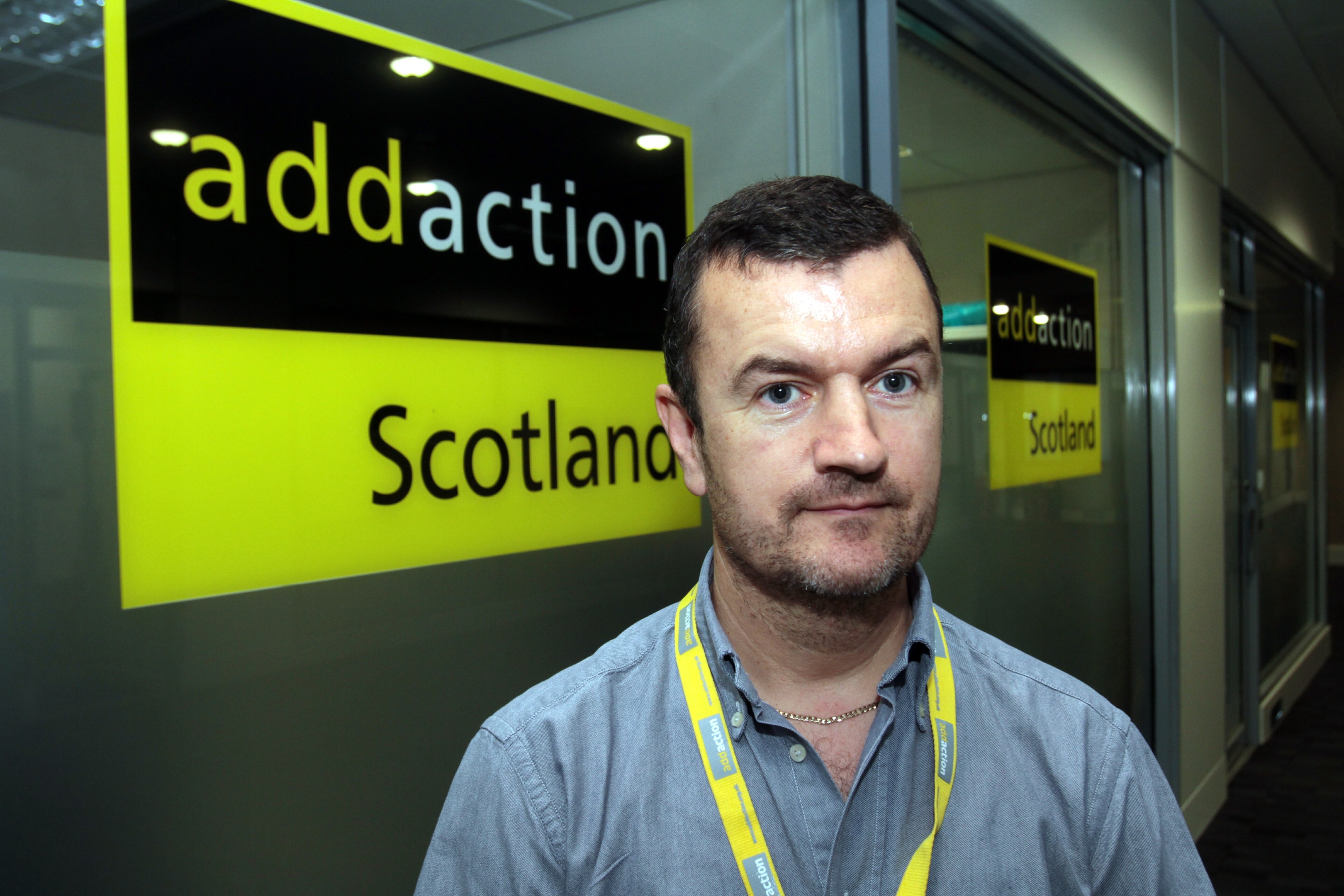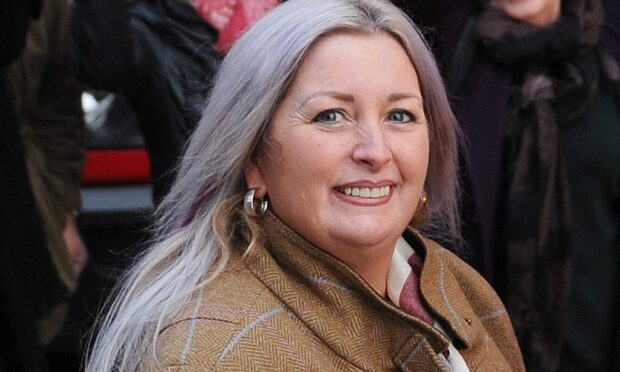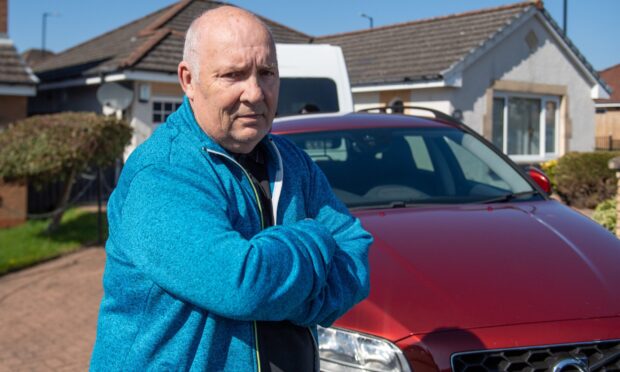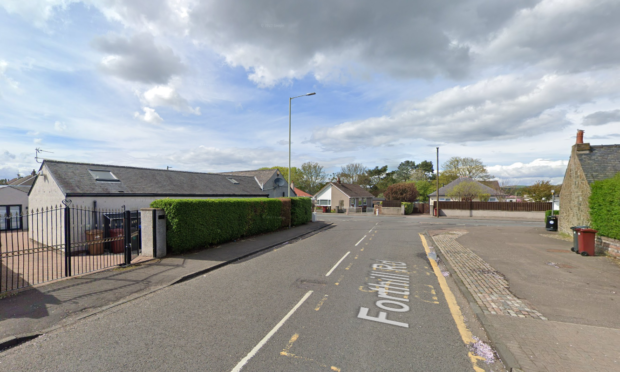Nearly 300,000 opioids have been prescribed to patients in Tayside over the last seven years.
The number of painkillers handed out by GPs has risen since 2012 (39,510), peaking in 2016 with 42,215.
2017 and 2018 saw a slight dip, with 41,741 and 41,471 opioids prescribed respectively.
The numbers have remained consistently above 40,000 since 2013, however.
That is at odds with the national picture, which shows a 4.4% reduction in the past five years.
A leading Dundee drugs expert has warned people are at risk of becoming addicted to painkillers in the same way as illicit drugs.
>> Keep up to date with the latest news with The Courier newsletter
The drugs, which produce morphine-like effects, can be used to treat anything from headaches to pain following invasive surgery.
However, in recent years there has been growing concern about their addictive nature and, in rare instances, their potential to cause death.
Dave Barrie, Addaction service manager, said: “A lot of those opioids that are prescribed will probably be the right thing to do. They are prescribed for a multitude of reasons.
“At times we do see people who have been prescribed them and are struggling. They’re using opioids or other drugs to cope.
“It’s a dangerously addictive group of drugs, but they are also the most effective painkillers.
“At least the figures have plateaued somewhat, rather than continuing to rise. Everyone is aware that there are risks with taking these kind of drugs.
“But if anyone does think they are struggling with opioid addiction, they can contact Addaction for confidential support.”
An ageing population has been suggested as a reason for the increase.
NHS Tayside’s Interim Director of Pharmacy David Coulson said: “Following a clinical assessment patients may be prescribed opioids as part of their medication regime to manage their condition.
“People are living longer, often with chronic long-term and life-limiting conditions, and patients require these medications to help manage their conditions and improve their quality of life.
“Different types of opioids are prescribed by doctors in different strengths and administered in various forms, depending on the patient and their situation. There are many types of prescribed opioids that are known by several names, including codeine, morphine and fentanyl.
“It is very important that patients who are prescribed opioid medications read the leaflets given out with every dispensed medicine. These leaflets list clear warnings and precautions for the safe use of these medicines.”
Last year a study by several Scottish universities found that the number of prescriptions for the strongest opioids, including morphine and fentanyl, had more than doubled in a decade.
In the wake of the study, the Scottish Government confirmed it would review national prescription policies for high-strength painkillers.










